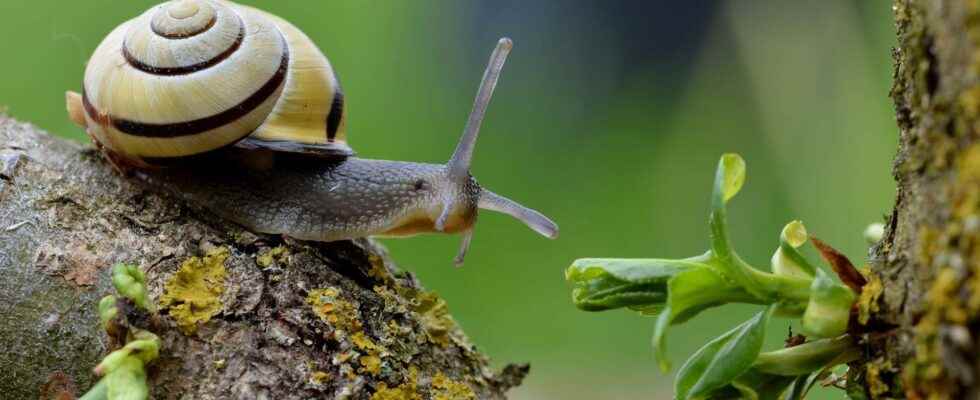Studying vertebrates has always aroused interest. This is why they are the best listed species and it is therefore easy to follow which ones are on the verge of extinction. Conversely, invertebrates have been much less studied, whereas their census is essential to be able to measure the real quantity of species in the process of extinction on Earth.
Our planet Earth knew five extinctions mass over the past 500 million years. These biological crises are brief on the scale of geological time and systematically lead to the annihilation of at least half of living species. The causes hypotheticals of these extinctions are linked to climatic changes (intense ice Age, volcanism) and to meteorites. Nowadays, everything indicates that we are on the threshold of the 6and extinction, which stands out for the difference that we are those responsible for this crisis. One of the indicators of this extinction is the quantity of endangered animals.
The importance of invertebrates
Over the last few decades, studies of animal populations have been limited mainly to vertebrates like the mammals, birds, reptiles and the amphibians. This has led to the animals found on The International Union for Conservation of Nature Red List (IUCN) are mainly vertebrates, which are then the best studied and referenced animals.
This is a major problem because vertebrates represent less than 3% of animal species living on Earth and therefore do not allow us to measure the real quantity of species in the process of extinction or extinct on our Planet. To obtain true-to-life values, it is important to consider all invertebrate species such as insects, slugs, the jellyfish, plants, etc.
However, studies on invertebrates have long been put aside for several reasons. For example, a large number of invertebrates, such as insects, are very small and live in very large communities, which makes their census and study more complicated, unlike large mammals. We can also point to the lack of interest in small, even tiny animals, which led to their neglect for decades.
What real quantity of extinct species?
The value of 0.04% of species that have disappeared over the last 500 years, mentioned by the IUCN, then turns out to be false because it does not take into account the immense variety of invertebrate species. Taking these into account in the calculation increases the value from 0.04% to 10% of known extinct species (animals and plants), or 200 times more than had been announced. This corresponds to 200,000 extinct species over the last 500 years, which clearly shows the beginning of a 6and extinction caused by human activity.
The census and study of invertebrates are therefore important for monitoring the evolution of animals on the verge of extinction or in the process of becoming, and can make it possible to slow down the decline of animal and plant species.
Interested in what you just read?
.
fs11
